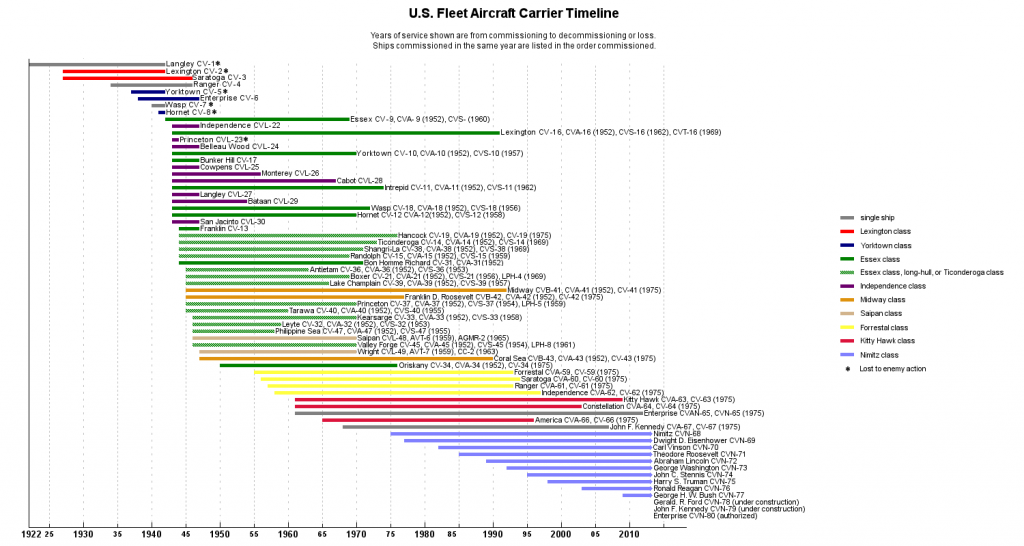I've been thinking a lot lately about Starfleet as established solely on TOS, and beginning to think that if we consider only what we see on TOS, we'd get an entirely different picture than we get when we take the franchise as a whole.
Using only evidence established in TOS and related materials that pre-dated TNG and her spinoffs, what can we discern about Starfleet, her ships and their technology, and her officers?
A few facts:
- We know that the authority the Enterprise answers to is a "combined service"
- We know that there are "12 like the Enterprise" in the fleet
- We know that Star Central and UESPA are somehow related
- We know that the Enterprise frequently gets referred to as an Earth ship
- We know there is at least one ship crewed solely by Vulcans (the Intrepid) - do we actually know she's the same type as the Enterprise?
- We have seen several other members of the class that the Enterprise belongs to, and seen reference to registry numbers (but no names) of other ships
- We know that there is a firm distinction between spaceships and Starships
- We hear several references to "Earth ships" and "Earth bases" but rarely to "Starfleet" or "Federation" ships
- It appears different ships have different insignia on their uniforms but share the same rank structure
To start, to me most of this suggests that Starfleet is less like the U.S. Navy and more like NATO command... ships from various navies with similar command structures working together on missions for their mother alliance. There's probably some sharing of technology.





